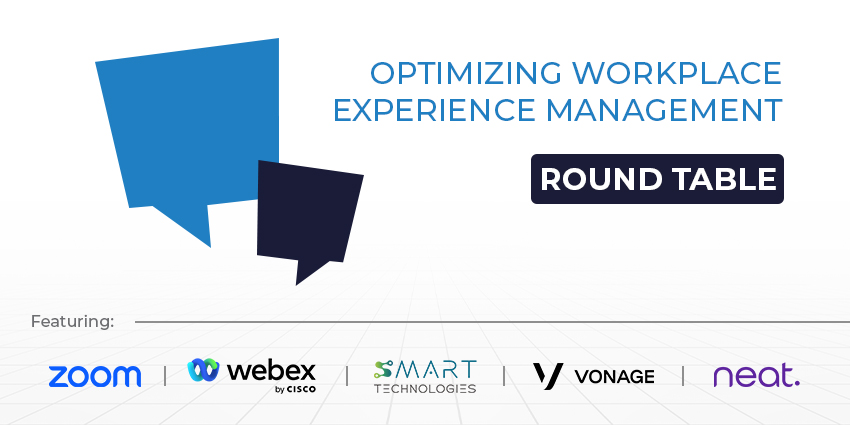The Cisco Prime suite has been a valuable set of tools for IT professionals managing on-prem UC platforms.
But as more businesses start their journey to the cloud, Cisco is phasing out the Prime portfolio.
Here are some of the key dates to watch out for:
- 15 April 2021: End of life announcement
- 14 October 2021: End of sale
- 14 October 2022: End of software maintenance, meaning Cisco will not release patches
- 10 January 2024: The last date to extend or renew service contracts
- 31 October: 2024: All support will end, and the portfolio will become obsolete
Including in this phase-out is Cisco Prime Collaboration Provisioning (CPCP), which has given UC teams a platform for handling MACDs for on-prem Cisco platforms. Cisco is not replacing CPCP, meaning businesses will need to look for a third-party option.
Glenn Quesenberry, Global Partner Relationship Manager at Akkadian Labs, said that businesses should take CPCP’s end of life as an opportunity to move to a better product. CPCP has never been the most user-friendly product and only supports Cisco’s on-premises platforms – notably, not Webex.
“Businesses need to look for an alternative with some key features,” Quesenberry said.
“They need something that provides a unified workflow across different UC applications and multiple servers and clusters.”
“They need a platform that will help simplify their day-to-day MACDs, and they need it to be roles-based so they can delegate tasks to operations teams and free up higher-paid engineers.”
Automation is key to tying all these features together, along with others such as reporting and self-service tools.
Akkadian Provisioning Manager has automation at its heart through native integrations with Active Directory and ServiceNow. For example, this means that users can kick off on-boarding and off-boarding automatically.
Road to the Cloud
An essential feature of third-party alternatives to CPCP is that companies can use them to provision users on cloud-based platforms, but more important than this is the ability to provision users in more than one cloud UC solution.
The explosion of remote working has seen most businesses, particularly enterprises, opt to take on a hybrid of UC platforms – often, Microsoft Teams plus another.
Akkadian has typically focused on Cisco but recently expanded to include Microsoft Teams provisioning. Its API triggers feature can provision the likes of Zoom, Verint, Calabrio and Salesforce. Essentially any solution that supports a RESTful API.
The retirement of CPCP may also coincide with a company’s plan to start its migration from on-prem solutions to the cloud. Akkadian Provisioning Manager includes migration tools, so businesses don’t have to pay for both provisioning and migration services.
The vendor says it can typically have its platform running on a Linux virtual machine in less than an hour and have it configured and usable within five hours.
Strong ROI for Provisioning Automation
Further cost implications will depend on what version of CPCP a company is currently using. The standard version was free but only supported single clusters and lacked many of the features included in the paid premium version.
Quesenberry said that businesses should not judge the ROI of an automated provisioning tool solely on the cost of the product; they need to look at the time it saves employees, which can be diverted to other more critical tasks.
“The solutions have high ROI,” he explained.
“You don’t have to deploy a lot of resources, and engineers can work on other projects. No engineer wants to spend time adding or deleting users every day. Our customers typically see about 90 percent time savings and 50 percent cost savings.”
“If you can automate those tasks, you don’t need to worry about paying someone to do it.”







